What to look for in a DofE rucksack
The type of rucksack you choose to use is very important when it comes to your DofE expedition. Get it right, and it can make your expedition. Get it wrong, and you could be in for a long, uncomfortable journey.
When picking your rucksack, look for quality components, robust fabrics and a back system that suits your needs.
All DofE recommended rucksacks have padded, breathable waist and shoulder straps, adjustable back systems and hi-vis waterproof covers.
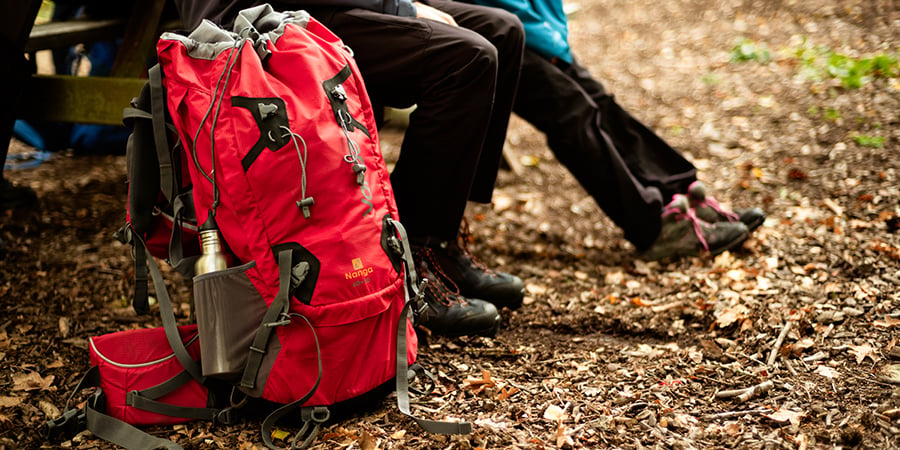
Capacity
We recommend carrying no more than 25% of your body weight on expedition. Think about how long your expedition is and how much you will be carrying.
Rucksacks are measured by their litre capacity – internal and expansion. For example, 60:70 means internal capacity of 60 litres, plus an extra 10 litre expansion. It’s important you get the right size rucksack for your expedition.
60L is often enough for a single night if you pack light or are splitting your tent between groups. This size is ideal for Bronze-level expeditions. The Vango Sherpa rucksack comes in various sizes and offers optimum fit and comfort, making it a great choice.
80L packs come into their own on long, kit intensive trips where you may need to carry a larger tent or more equipment. The Vango Pinnacle rucksack is the top of Vango’s trekking range of rucksacks and is ideal for Gold-level expeditions.
If you plan on trekking for longer or you’ll be carrying all of your equipment yourself, a larger 65-70L pack may be a better choice. This size is ideal for Silver-level expeditions. The Vango Contour rucksack is a great trekking rucksack whether you’re on a multi-day expedition or hiking mountain trails.
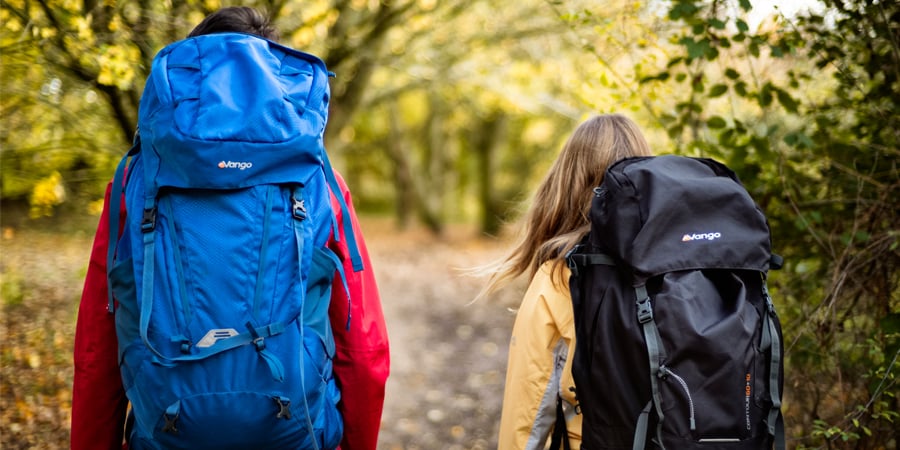
Back systems and sizing
It’s important to choose a rucksack that fits your back length, so you’re not wearing a rucksack that’s too big or too small for your frame.
Back length is measured from the top of the hip to where the shoulders meet the neck. Vango back systems are measured in centimetres with their short back system ideal for those measuring between 45-56cm long and the standard back from 50-60cm.
Choosing a rucksack with an adjustable back system can help you tailor the fit to your back. This gives better weight transfer from the back and shoulders to the hip area. The hip area is where around 70-80% of the rucksack’s weight should be held.
Self Adjust (SA) back system
Two alloy bars distribute weight onto the stable hip area while the robust adjustment system can be tailored to the wearer while on the body. The Vango Sherpa rucksack offers a self-adjusting back system, making it quick and easy to adjust back length by pulling the two webbing straps.
Quick Adjust (QA) back system
Coupling a contoured alloy frame for load distribution with a webbing ladder arrangement for back length adjustment, the Quick-Adjust system offers easy adjustment to change the back size between users. The Vango Contour rucksack has a quick adjust back system and alloy frame, making it durable and comfortable for expeditions.
Single (A1) adjust back system
Built around two body contoured alloy bars, this back system can adjust with just one hand and fit almost any back length perfectly. The Vango Pinnacle rucksack is ready for adventure and is a great option for DofE participants going on expeditions or for those with high usage.
Short (S) Back Size
If you’re of a smaller frame, the Short back system will better suit your shape and give better weight distribution and stability when on expedition. Look out for the ‘S’ in the sizing, such as the Vango Contour 50:60S.
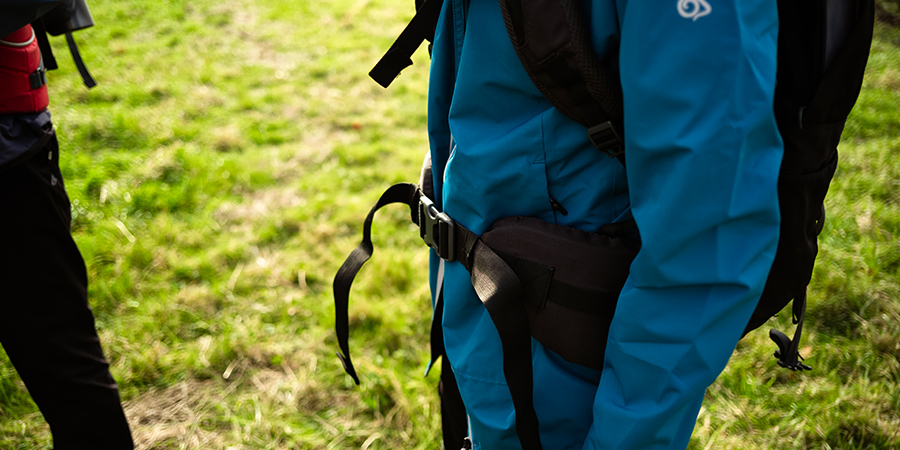
Components
Modern rucksacks are made from lightweight fabric, with lots of padding and pockets. When picking your rucksack, look for quality parts, robust fabrics and a back system that suits your needs.
Hip belt and harness
An ergonomically shaped hip belt and harness (rucksack straps) mean they are shaped to the body for better fit and comfort; particularly important when carrying heavy rucksacks over long distances.
Sternum straps
Sternum straps are often overlooked but they add stability, which is vital when covering varied terrain and uneven ground.
Other items you should look out for include lumbar support, ventilation channels around the back and padding in the hip belt and harness area.
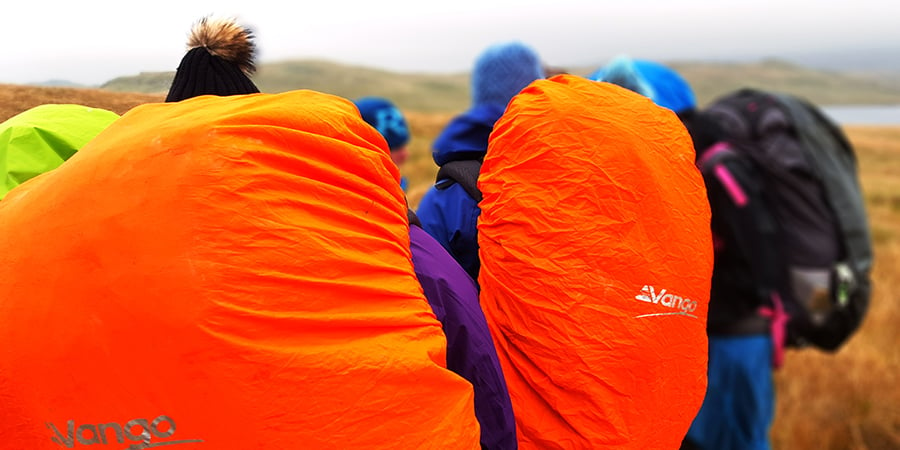
Safety
It’s important to look for safety features, such as reflective details and a high visibility rain cover.
A reflective rain cover keeps your contents dry (which could be valuable in cold or wet weather) and makes you more visible in low light. All DofE recommended rucksacks come with a high visibility rain cover.
An emergency whistle is also a great piece of kit.All Vango trekking rucksacks have an emergency whistle with a downward facing spout to stop them filling with water.
If these aren’t included with your pack, make sure you buy or borrow them to take on your expedition.
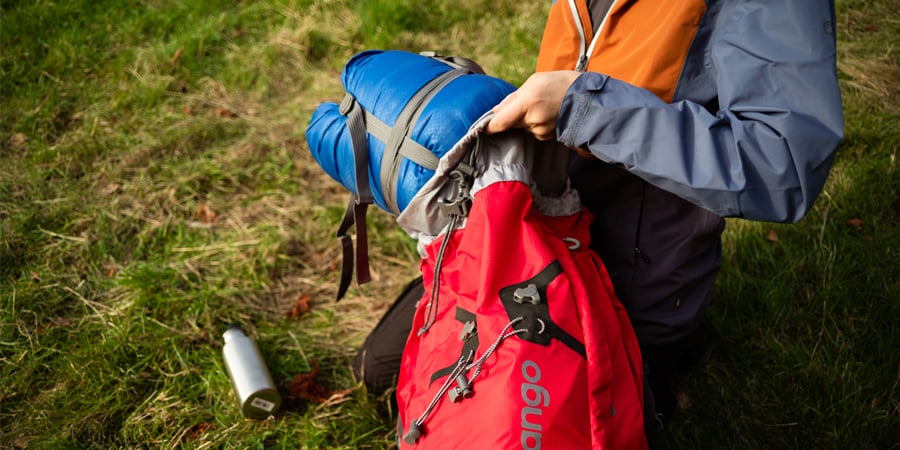
What next?
Now you know what rucksack to buy, find your nearest store and save at least 10% on expedition kit with your DofE Card or Voucher.
You’ll also need to know how to pack your rucksack. Download our poster for loads of really useful tips – helping you get into good habits to take the pain out of packing.
For more advice about choosing a rucksack for your DofE expedition, visit our website.


